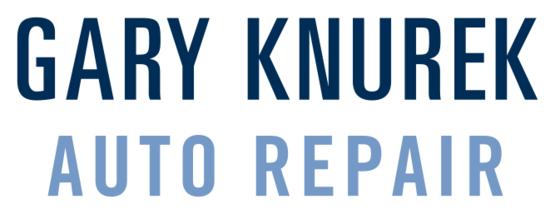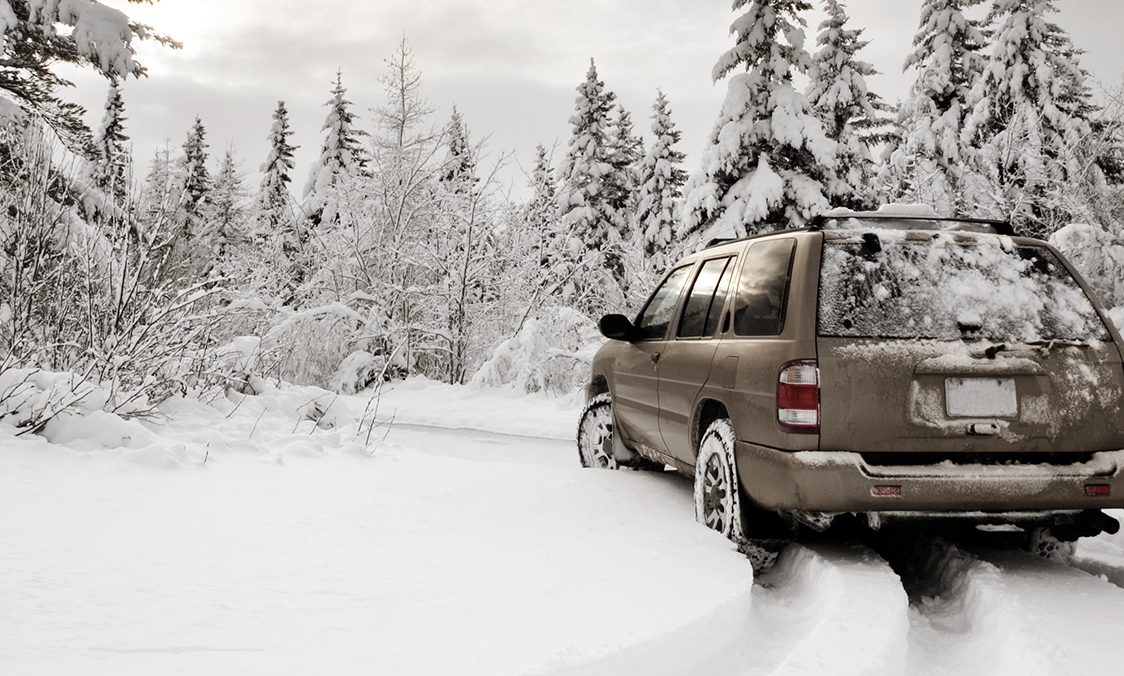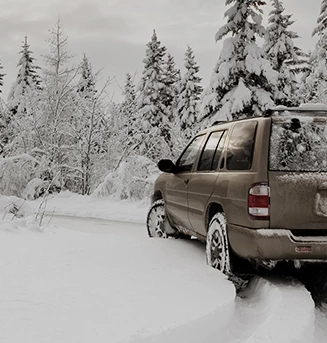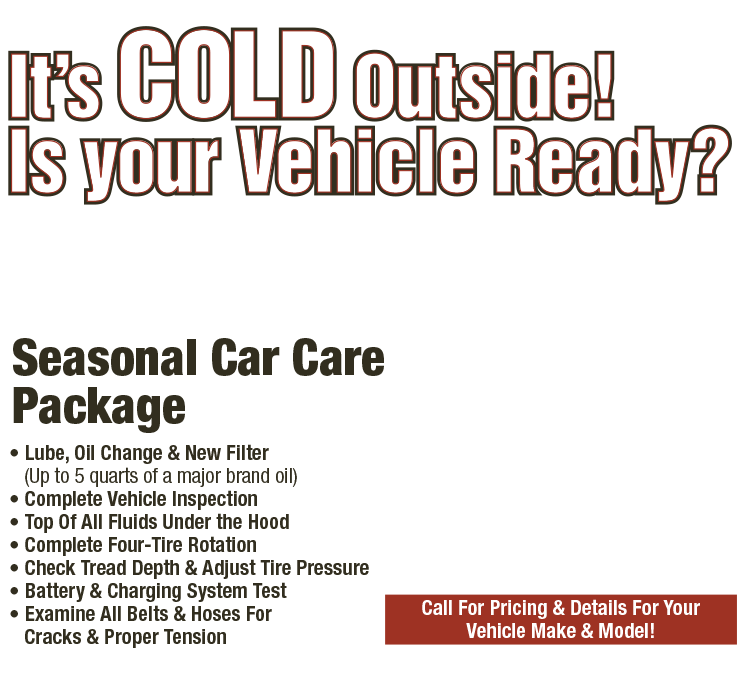Flat Tire? Three?s the Charm (Tire Repair)
September 1, 2024
For most drivers, at some point you’re going to have a flat tire. Depending on how it was damaged, it may have to be replaced. But sometimes, a repair will do the trick, as long as the puncture isn’t on the sidewall and the hole is smaller than ¼ inch/6.35mm in diameter. Here are the three common ways your tire can be fixed.
One way is to put a plug in the hole. Since most tires are damaged by running over sharp objects such as screws and nails, the small hole from which the air is escaping is on the part of the tire that touches the road. If it’s in the sidewall, it most likely can’t be fixed.
In the plug method, a technician inserets a rubber plug. It is covered with some sticky, gluey stuff, and is pushed into the hole from the outside. That plugs the hole and stays in place, thanks to the glue. Friction from driving heats it up and seals the deal.
Another method is to patch the hole. For this, your tire has to first be taken off the vehicle, then off the rim so the technician can get access to the inside. There, they’ll clean the inside surface around the hole and apply a rubber patch with an adhesive on it. This type of patch works well, and because of the extra steps and complexity, costs more than having your tire plugged.
There’s also a combination of those methods just described, the plug-patch. It is, in essence, a type of patch with glue on it that has a plug sticking out of it. The plug is inserted into the tire from the inside and pulled through the hole from the outside, drawing the attached patch tight against the tire’s inside surface. The last two methods can’t be used if the hole is near another repair or the sidewall.
The good news is if it’s fixed properly, your repaired tire should give you good service.
Gary Knurek GoodYear
1973 Livernois
Troy, Michigan 48083
248-362-0350
Need Service?
More articles from Gary Knurek, Authorized GoodYear Dealer

Rumble from Down Under (Muffler Replacement)
November 30, 2025
Weve all noticed them at one time or another on the street: a car or truck that drives by and the deep roar from their exhaust system sounds like a drag racer on the line. But what happens when that rumble is coming from under YOUR vehicle? Well, it could be a sign your muffler needs attention. ... More

Stop! And See Us (Brake Pad Replacement)
November 23, 2025
If youve ever driven a bicycle with hand brakes, youll probably understand how the brake pads on your vehicle work. Bicycle brakes use a system that squeezes the bike wheels rim with a pair of cushioned pads activated by your hand squeezing the hand brakes on your handlebars. The friction of tho... More

Don?t Skip Out on These! (Vehicle Maintenance Items You Should Never Postpone)
November 16, 2025
Maybe that little sticker on your windshield is giving you the reminder that its time for your vehicle to have an oil change. Youve thought, Aw, I can skip this one and save myself a little money. When it comes to things you should never ignore on your vehicle, timely oil changes are number one... More









